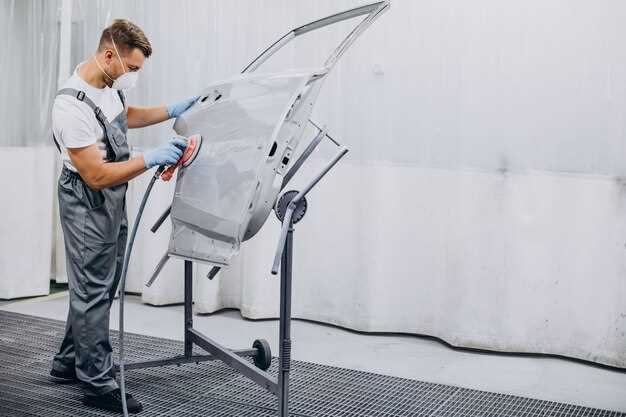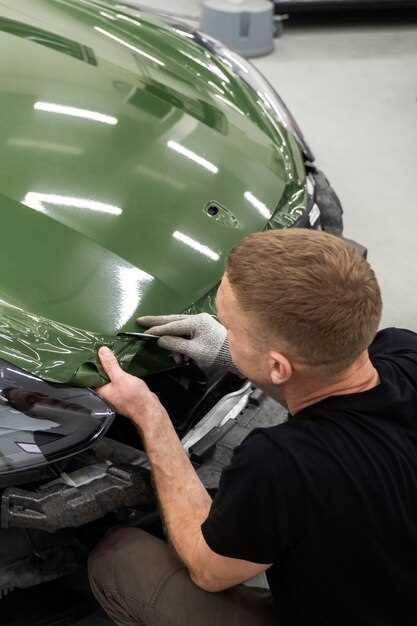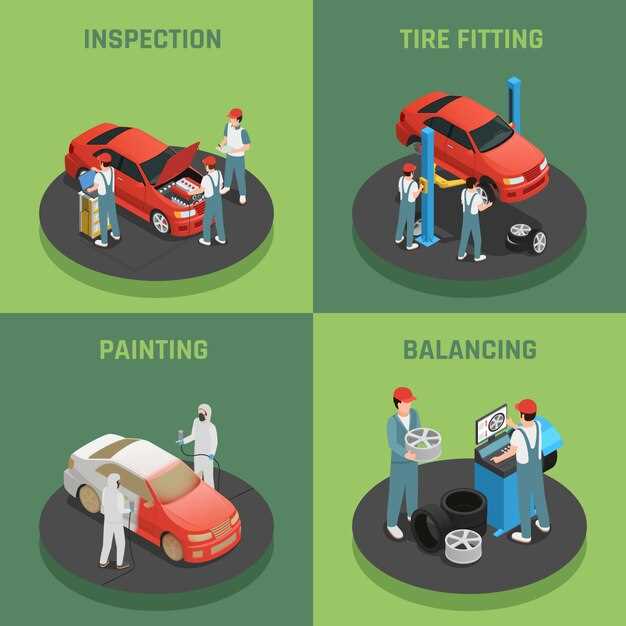
In the automotive industry, maintaining the aesthetic appeal of vehicles is essential. Dents and dings can occur due to various reasons, such as hail, minor collisions, or accidental bumps. One effective method for restoring a car’s surface without compromising its original paint job is Paintless Dent Repair (PDR). This specialized technique offers a cost-effective and efficient solution, allowing car owners to preserve the integrity and value of their vehicles.
PDR is distinct from traditional dent repair methods, which often involve costly repainting or bodywork. Instead, it focuses on manipulating the metal back to its original shape without harming the existing paint. This is achieved using a combination of specialized tools and techniques that require a skilled technician’s expertise. Understanding these methods can help vehicle owners make informed decisions regarding dent repairs.
This article delves into the various PDR techniques, exploring their effectiveness, applications, and the benefits they offer. By examining the principles behind paintless dent repair, readers will gain insights into why this approach has gained popularity among both consumers and automotive professionals.
Tools and Equipment Necessary for Paintless Dent Repair

Paintless Dent Repair (PDR) requires specific tools and equipment to effectively remove dents without damaging the vehicle’s paintwork. The following is a comprehensive list of essential items used in PDR:
PDR Rods: These are specialized metal rods of varying lengths and thicknesses. They allow technicians to access and manipulate the backside of the dent. Each rod has a unique shape to accommodate different types of dents and locations on the vehicle.
Body Hammers: Body hammers are used for tapping down high spots that are created during the repair process. These hammers come with different heads, such as flat, rounded, or curved, to cater to various dent shapes.
Glue Pulling Kits: These kits include glue sticks and a variety of pulling tabs. The glue is applied to the tab, which is then attached to the surface of the dent. Once the glue sets, the technician uses a pulling tool to gently pull the dent out.
Heat Gun: A heat gun is used to warm the area around the dent, making the metal more pliable. This is especially useful when working on tougher materials such as aluminum, which can require gentle heating to restore its original shape.
Reflector Board: A reflector board enhances the visibility of the dent and helps technicians see imperfections in the panel’s surface. By reflecting light, it becomes easier to identify high and low spots during the repair process.
LED Light Source: In addition to a reflector board, an LED light source is often used to illuminate the work area. This tool helps to highlight the details of the damage, ensuring an accurate repair job.
Safety Gear: Proper safety equipment, such as gloves and eye protection, is essential during the repair process. This safeguards technicians from potential injuries related to handling tools and working with hot equipment.
By utilizing these specialized tools and equipment, PDR technicians can efficiently restore vehicle surfaces to their original condition without the need for traditional paint and bodywork. Mastery of these tools is crucial for achieving successful results in paintless dent repair.
Step-by-Step Process of Performing Paintless Dent Repair
The process of Paintless Dent Repair (PDR) is methodical and requires precision. Below is a detailed breakdown of the steps involved in performing PDR effectively.
1. Assess the Damage: Begin by thoroughly examining the dented area under proper lighting. Identify the size, depth, and location of the dent. Determine whether the paint is intact, as this is crucial for the PDR process.
2. Prepare the Work Area: Clean the surface around the dent to remove any dirt, debris, or wax. This preparation ensures clear access during the repair process and allows for better visibility of the dent.
3. Gain Access to the Back of the Panel: If necessary, remove any interior panels or components that obstruct access to the backside of the dent. This step may involve utilizing various tools, such as screwdrivers or trim removal tools.
4. Choose Appropriate Tools: Select the right set of PDR tools based on the type and location of the dent. These tools often include various rods and hammers specifically designed for manipulating metal without damaging the paint.
5. Apply Pressure to the Dent: Carefully position the selected tool against the back of the dent. Depending on the dent’s location and contour, apply controlled pressure to push the metal back to its original shape. Take your time to avoid overextending the metal.
6. Monitor Progress: Continuously check the surface of the panel as you work to ensure that the dent is being removed effectively. Use lighting to help gauge the progress, looking for any signs that indicate the metal is returning to its original form.
7. Refine the Repair: After the initial dent has been removed, minor imperfections may remain. Use specialized PDR tools to gently tap or slide the metal until the surface is smooth and level. Attention to detail is essential at this stage.
8. Finish and Inspect: Clean the repaired area once the dent has been fully addressed. Inspect the surface for any remaining imperfections and ensure that the metal is aligned correctly. A final check is vital to confirm that the repair meets quality standards.
9. Reassemble Any Removed Components: If you had to take off any panels or parts for access, carefully reinstall them following the manufacturer’s guidelines. Ensure that everything is secured correctly to prevent future issues.
10. Final Inspection and Clean-up: Conduct a final inspection of the work area and the vehicle itself. Clear away any tools and debris. Optionally, wash the area to restore the vehicle’s appearance, ensuring that the client is satisfied with the results.
Common Mistakes to Avoid When Using Paintless Dent Repair

One of the most common mistakes is underestimating the complexity of the dent. Not all dents are suitable for paintless repair, particularly those with deep creases or extensive damage. Before starting the process, assess the dent thoroughly to determine if paintless dent repair is an appropriate solution.
Another mistake is inadequate preparation of the work area. A clean and well-lit space is essential for effective dent repair. Ensure that the surface of the vehicle is free from dirt, wax, and debris, as these can interfere with the repair process and lead to suboptimal results.
Using improper tools can also hinder the efficacy of paintless dent repair. Investing in high-quality, specialized tools designed for this technique is crucial. Using makeshift tools or those not intended for this purpose can lead to further damage to the vehicle’s surface.
Inexperience can compound issues during the repair process. Practicing on scrap materials or less valuable items before attempting to fix a vehicle can build confidence and skill. It is wise to seek professional training or mentorship before performing repairs on customer vehicles.
Another mistake is failing to properly follow manufacturer guidelines and recommendations during the repair process. Each vehicle may have unique characteristics that influence how dents should be repaired. Adhering to these guidelines can prevent potential damage and ensure better results.
Rushing through the repair is a frequent error that can compromise the repair quality. Taking time to evaluate, adjust, and apply the appropriate techniques is essential to achieving the best possible outcome. A hurried approach can result in visible imperfections that are counterproductive to the goals of paintless dent repair.
Finally, neglecting post-repair inspection can lead to overlooked issues that may affect customer satisfaction. Always conduct a thorough examination of the repaired area to ensure the dent is fully resolved and the finish is smooth. Proper follow-up reinforces quality and builds trust with clients.

